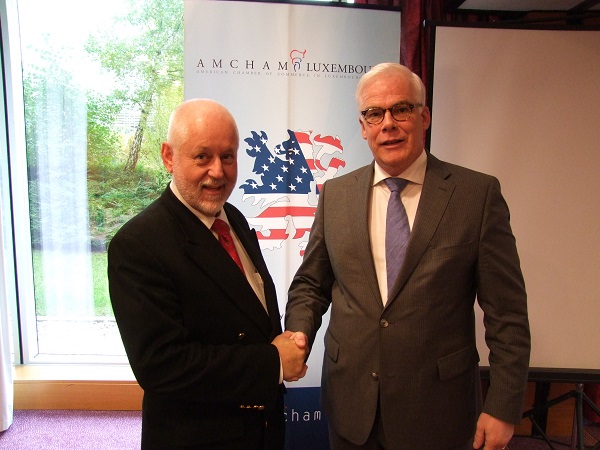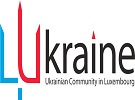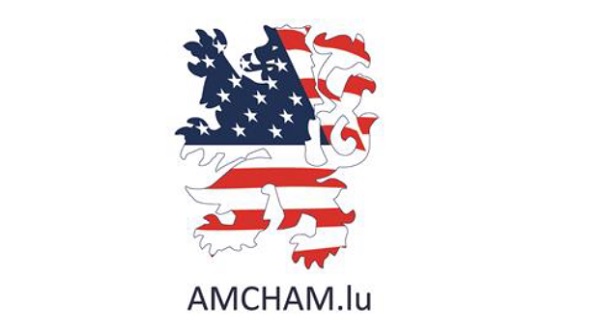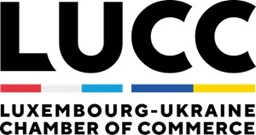
On Tuesday Pim van Ballekom talked about the Maastricht Treaty being the basis for the Single Currency, the Euro; he described the European Investment Bank (EIB) as the largest corporate financial institution in the world, with around €75-80 billion in transactions annually, with its shareholders being the 28 EU Member States.
The shareholders expect the EIB to act in line with the European agenda, investing in the European economy particularly when there is a financial gap, i.e. when the private sector is hesitatant to enter the market. They do not invest in weapons, gambling, tobacco or alcohol sectors.
Until 2011, the European Council admitted the European crisis was not over and approved a capital increase for the programme which completed earlier this year. European growth has been sluggish; he gave the example of Ireland's economy coming back, with the Baltic states also hestitant to invest in other economies.
The "Juncker Plan" is a new idea in that it is a capital increase within the budgets of the European Union; the aim is to get the funds to provide leverage, with €16bn put into the mechanism by the Commission (and therefore via the Member States) and another €5bn from EIB reserves. The total amount available is €350bn, available across all sectors, predominantly infrastructure, and addressing gaps in the market.
With bankers being conservative, the EIB is even more conservative; yet Jean-Claude Juncker has asked the initiative to be more innovative. It rarely invests more than 50%
in any project, with an average of 30%.
He aslo explained that banks can be accused of de-leveraging; it is now more of a risk-taking capacity than a liquidity issue. Nowadays their involvement in SMEs and Microfinance initiatives is around one third, quite a difference than before the crisis. The bank now has a more diversified portfolio than before, and can now invest in smaller projects too. And it is now asked to invest in other projetcs, including social housing. He advocated more transactions of smaller amounts than less transactions of more amounts.
In 1983 the EIB had 900 staff; if now is a modern financial institution and is publicly accountable, quite a difference to before. He explained that their funding is quite cheap, mainly provided by bonds they issue. While their shareholders need competitive lending, they do not seek divident payments. Also, their activity is cyclical, in that when the maket is slow, they are more active, and vice-versa.
On the European Stability Mechanism, he admitted that it should not be there; he stated that if someone makes a mess, they should clear up that mess, which is what the European Stability Mechanism (ESM) was established to do.
Europe's largest trading partner is the US. The EIB finances many projects jointly with US partners; 50 million people work for EU companies in the US or for US companies in the EU.
He concluded that the EIB is looking for investments everywhere. Through the European Investment Fund they invest in projects worth up to €75 million.
Mr. Pim van Ballekom, Vice President of the European Investment Bank (EIB), was addressing the American Chamber of commerce in Luxembourg (AMCHAM) on Tuesday about the Investment Plan for Europe (IPE, colloquially known as the “Juncker Plan”) and the European Fund for Strategic Investments (EFSI). Introduced by AMCHAM's chairman, Paul Schonenberg, the event attracted around 50 members.
Photo by Geoff Thompson (L-R): Paul Schonenberg, AMCHAM; Pim van Ballekom, EIB








